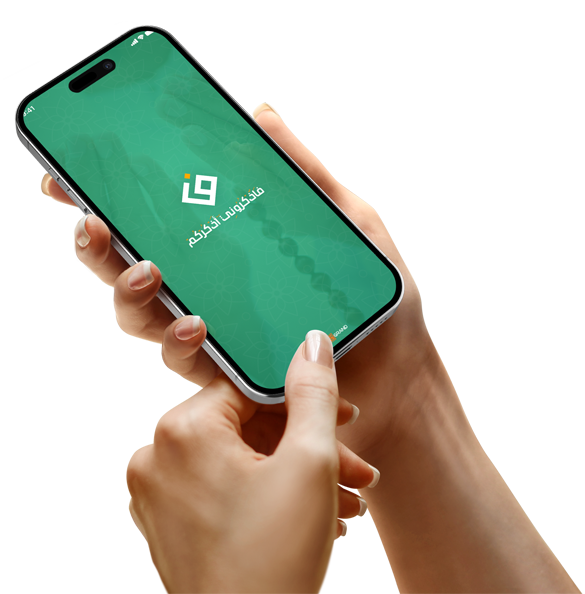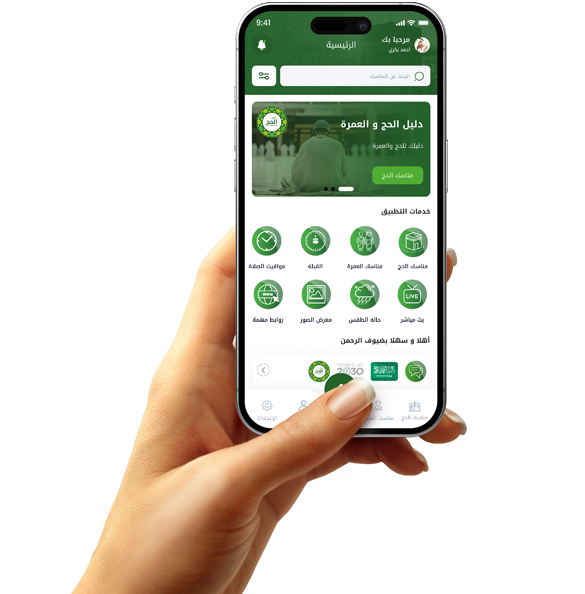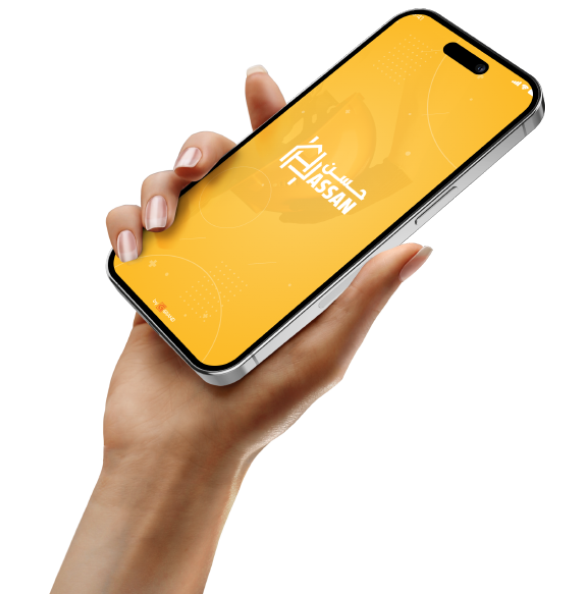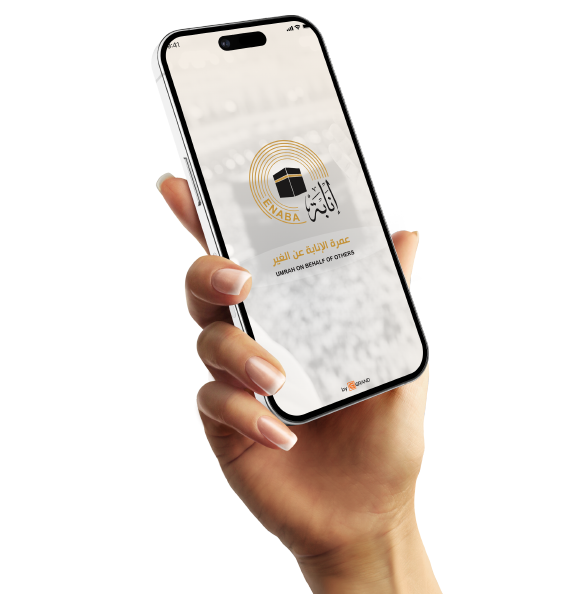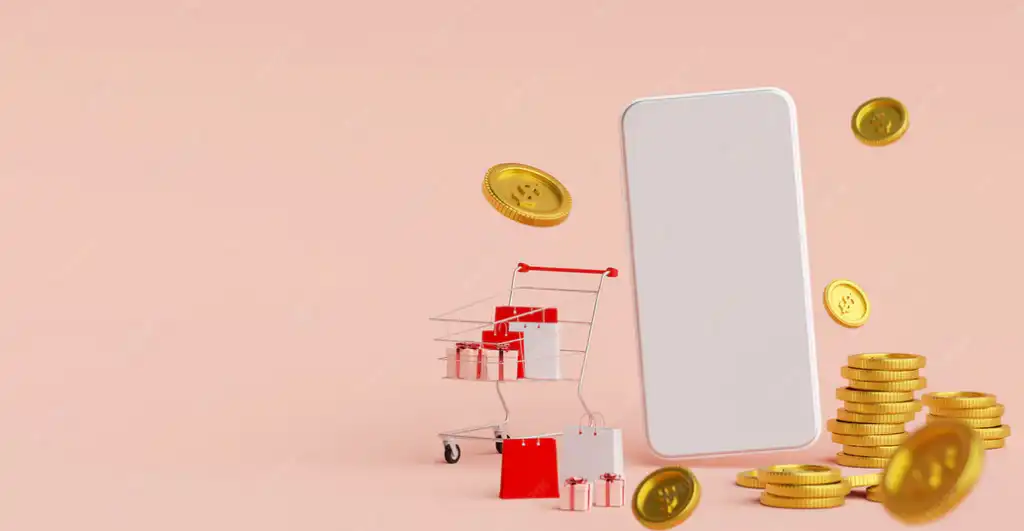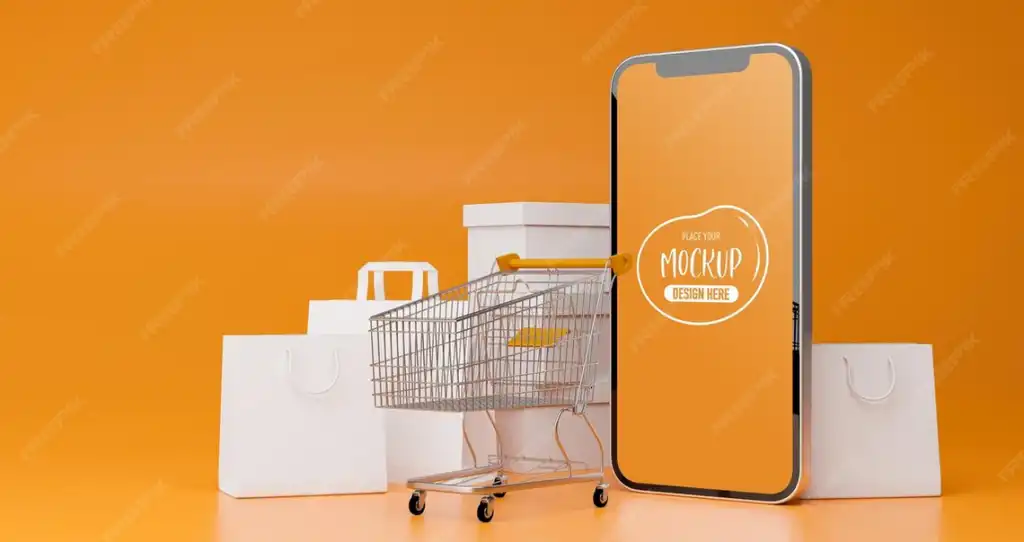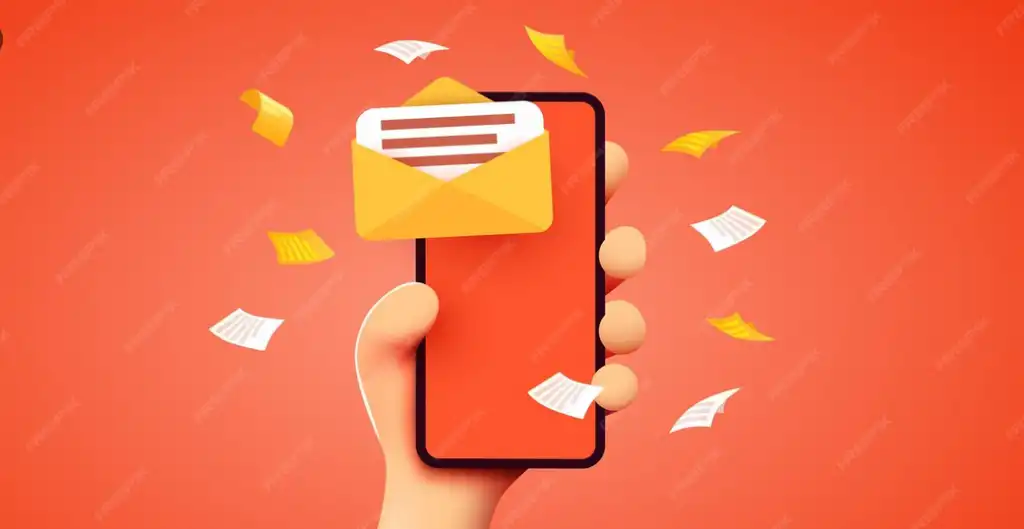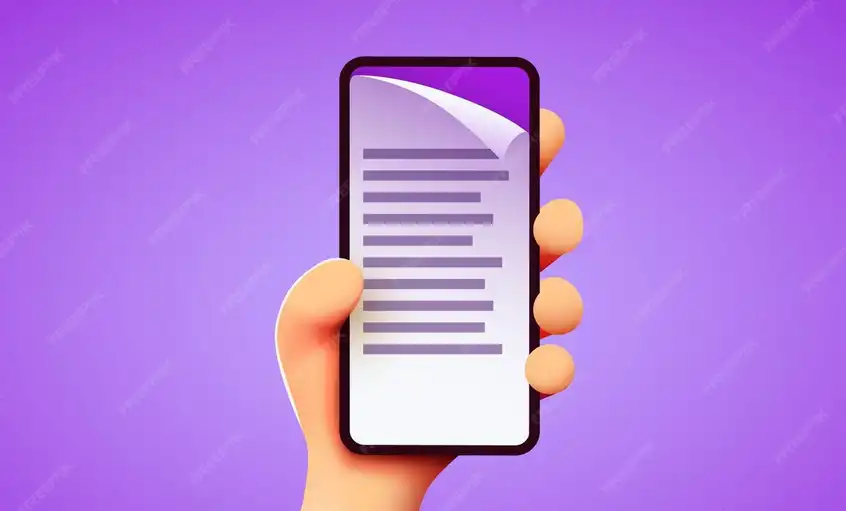Design a training app that encourages the user to continue daily.

Design that Motivates When Colors and the Interface Act as Coaches
Visual design isn't just about pretty colors or attractive fonts; it's a psychological tool that motivates users to continue. When designing a training app, don't view the interface as merely an aesthetic element, but rather as a means to motivate regular daily behavior.
Start by using warm, motivating colors like orange and green. Orange evokes energy and vitality, while green symbolizes progress and health. These colors activate a sense of accomplishment and a desire to continue.
Make the homepage clearly visualize the user's progress, such as a daily progress bar or a colorful calendar showing the days they've completed their workouts. These small designs create a sense of control and continuity.
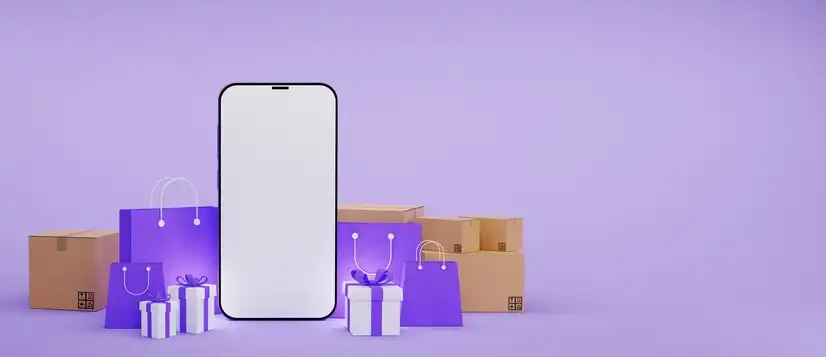
Daily Challenges: A Magic Recipe for Breaking Boredom and Continuity
One of the most important elements of motivation in training apps is breaking the monotony, and the golden key to this is "daily challenges." When the user feels that each day brings a new experience, the likelihood of returning automatically increases.
Design an in-app mechanism that displays a simple, different daily challenge each time, such as "5-minute focus exercise" or "Try this exercise without equipment." The goal is for the user to receive a notification that makes them feel like today is special.
These challenges should be achievable regardless of the user's circumstances. The more flexible and easy they are to start, the more comfortable the user will feel in committing to them. Don't forget to start with light challenges and gradually increase their difficulty.
To increase motivation, include points collected upon completing a challenge. These points are added to the user's profile and can be used later to unlock exclusive exercises or content. The idea of achievement accompanied by a reward increases motivation.
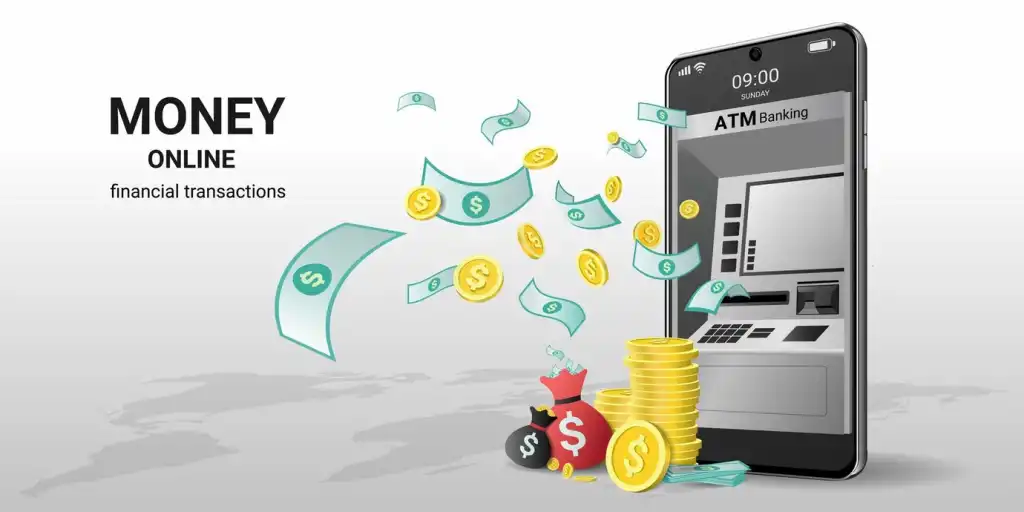
In-App Success Stories: Inspiration Is More Powerful Than Instructions
In the world of coaching, nothing motivates users more than seeing real people achieve real results. Using in-app "success stories" is a powerful psychological tool that motivates users to continue because they see the potential future ahead.
Add a special section to your app titled "My Story" or "Succeed Like You Started," which contains short stories of people who used the app, committed daily, and achieved tangible results.
Each story should be honest, concise, and written in simple, human language. Start the story with the person's challenge, then how they got started, then how their daily commitment to the app helped them, and end with a showcase of their accomplishments.
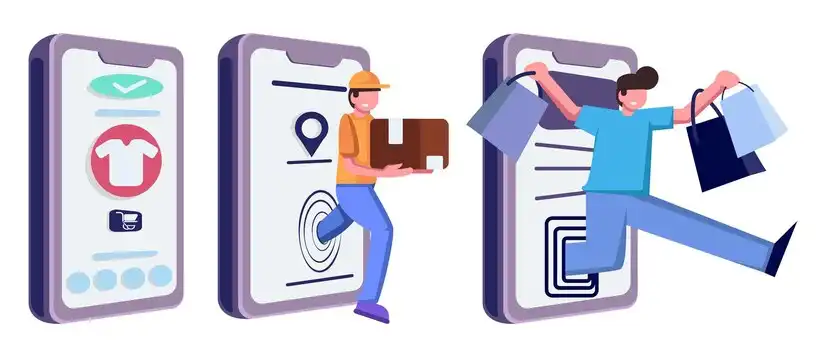
Points and Rewards: A Game for Habit
When commitment becomes a game, persistence becomes a pleasure, not a chore. Therefore, incorporating a points and rewards system into your training app is one of the most powerful tools for promoting "daily repeat" behavior.
Start by designing a mechanism that awards the user points for every positive action, such as opening the app, completing a workout, finishing a challenge, or even sharing their experience. The important thing is that they feel valued for every action.
But don't just collect points; design an in-app token store where points can be redeemed. These can include unlocking exclusive workouts, customizing the training character, or changing the interface.
You can also display badges or badges based on the number of consecutive days the user has committed, such as "Star of the Week" or "10-Day Uninterrupted Streak." These badges build a sense of self-esteem.





